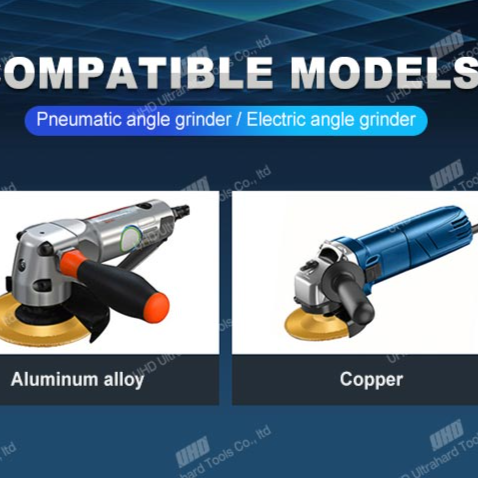
In today’s high-precision metal fabrication industry, the demand for tools that deliver consistent performance, minimal downtime, and environmental compliance is greater than ever. Among these innovations, vacuum brazed diamond grinding wheels have emerged as a game-changer—especially in applications involving gray cast iron and ductile cast iron.
Unlike conventional abrasive tools, vacuum brazed diamond wheels are engineered using advanced metallurgical bonding techniques. The diamonds are securely fused to a tungsten carbide substrate at temperatures above 800°C under vacuum conditions, resulting in a bond strength up to 40% higher than traditional methods (based on internal lab testing by leading tool manufacturers).
| Feature | Standard Wheel | Vacuum Brazed Diamond Wheel |
|---|---|---|
| Cutting Speed (mm/min) | 80–120 | 180–250 |
| Tool Life (hours) | 10–15 | 40–60 |
| Dust Emission Level | High (with PPE required) | Near-zero (no visible dust or odor) |
These metrics aren’t just numbers—they translate directly into reduced production costs, improved safety, and cleaner work environments. For foundries processing over 500 tons of cast iron monthly, switching to vacuum brazed wheels can reduce tooling expenses by an estimated 35% annually while increasing throughput by up to 25%.
The key advantage lies in how the wheel maintains sharpness throughout its lifespan. Unlike segmented or electroplated wheels that dull quickly, our vacuum-brazed design ensures uniform cutting edge retention—even when working with hard-to-machine materials like pearlitic gray iron.
Each wheel comes with integrated safety features such as balanced weight distribution and anti-vibration coatings, reducing operator fatigue during extended use. With standard diameters ranging from 100mm to 300mm—and custom options available for specialized machinery—you can match the exact fit for your CNC lathe, milling station, or manual deburring setup.

Our clients report fewer machine stoppages due to blade replacement—typically from once per shift to once every three shifts. That’s not just efficiency—it’s operational continuity.
Whether you're handling automotive brake components, industrial pump housings, or aerospace casting parts, this technology delivers measurable results across industries.

